Designed by Katherine Engel & Written by Zareena Zaidi
We surveyed school & district leaders on their current communication practices, their concerns and their goals for the future. 207 participants responded.
33% of our participants work at the district level, whereas 67% work at the school level. Our participants came from a variety of school types:
- 46% Public
- 27% Charter
- 24% Private
- 3% Preschool
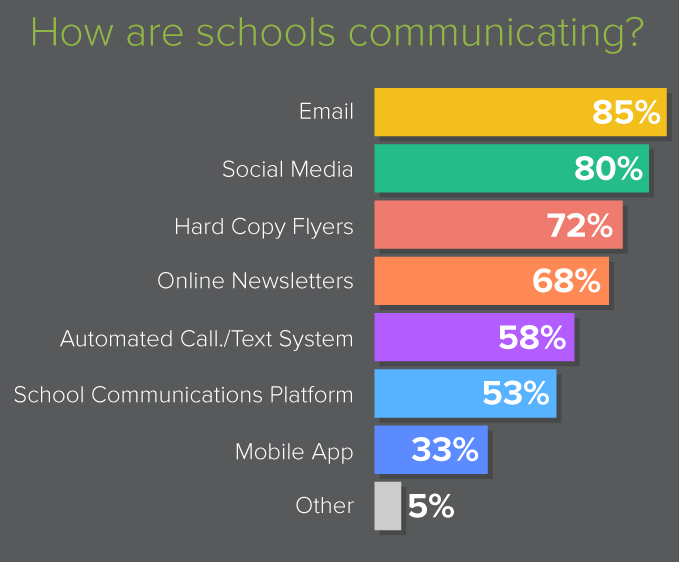
How do schools communicate with their parent communities?
We found that most schools use a variety of methods. Emails, social channels, flyers and newsletters are still the most popular, however app and school communication platforms are beginning to gain traction.
Which parent communication goals are most important to education leaders?
We asked participants to rank the importance of the following goals out of 5 stars. All were rated as important, each one claiming an average rating of higher than 4 stars. However, some were ranked higher than others. Here are the average marks for each goal, from highest to lowest importance:
- Measuring effectiveness of communications (4.43)
- Enabling two-way dialogue & facilitating participation (4.25)
- Providing a single destination to locate information (4.19)
- Adapting to a diverse parent population including non-native English speakers and people of various socio-economic status (4.06)
What are some of the most concerning challenges education leaders face?
We asked participants to rank each challenge on a scale from 1 to 5, with 1 indicating lowest concern and 5 representing highest concern. Below are the average rankings, from highest to lowest concern:
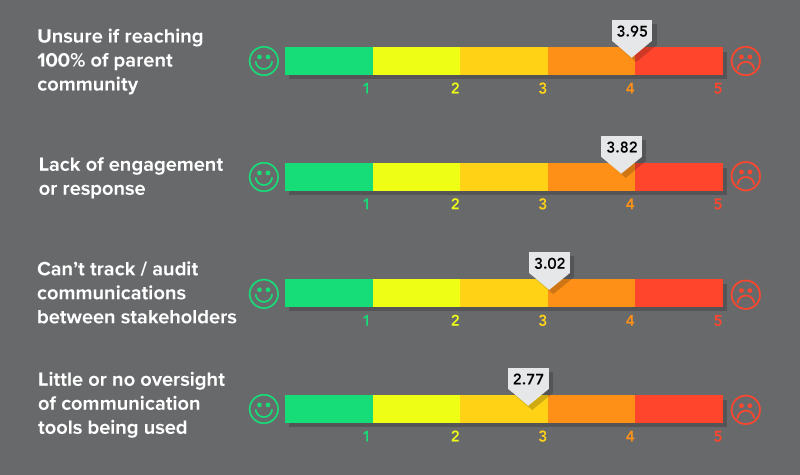
- Unsure if reaching 100% of parent community (3.95)
- Lack of engagement or response (3.82)
- Can’t track / audit communications between stakeholders (3.02)
- Little or no oversight of communication tools used (2.77)
How many leaders are confident in their ability to adequately reach all parents in an emergency?
Alarmingly, only 52% — that’s almost half! This is an important challenge that needs be addressed. Make sure you have a strong alert/communications system that can reach all your parents in a timely manner during emergency situations.

What areas need work?
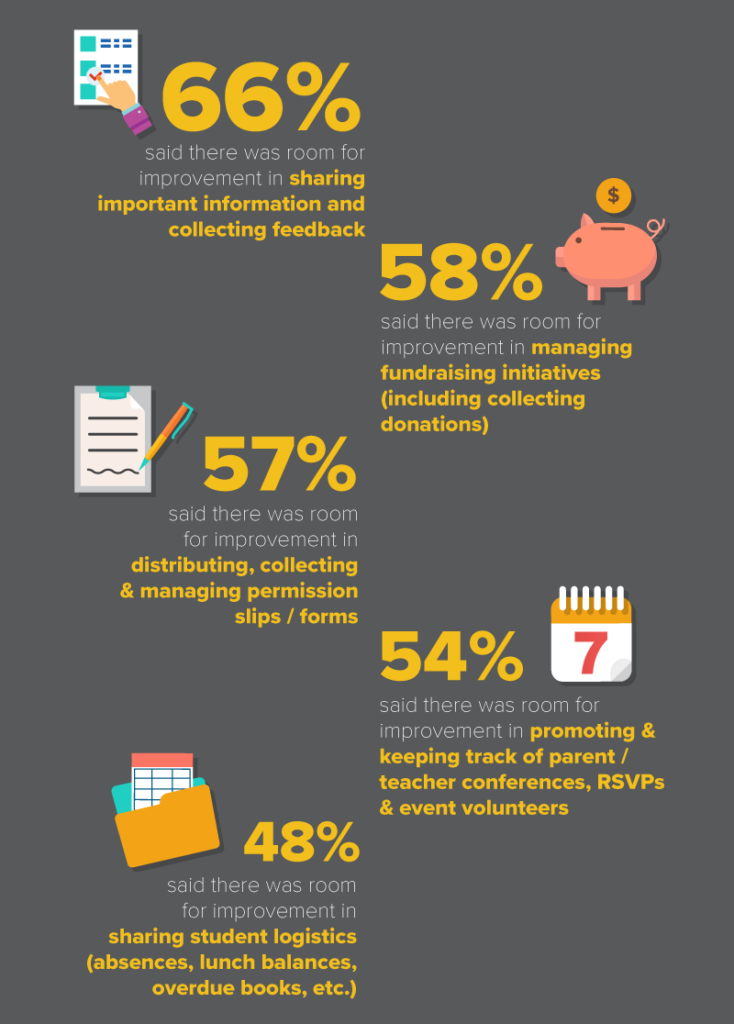
We asked participants to state the effectiveness of their current processes as “effective” or “room for improvement” in the following categories:
- Sharing important information & collecting feedback: 137 participants chose “Room for Improvement”
- Managing fundraising initiatives: 121 chose “Room for Improvement”
- Distributing, collecting & managing permission slips/forms: 119 chose “Room for Improvement”
- Promoting & keeping track of parent/teacher conferences, RSVPs & event volunteers: 111 chose “Room for Improvement”
- Sharing student logistics such as absences, lunch balances, overdue books, etc: 100 chose “Room for Improvement”
Which phrases best describe current school communication?
Participants were asked to check all words that they believed to be true about their current parent communication process. Here’s a list of the words, along with the frequency of participants who selected each word:
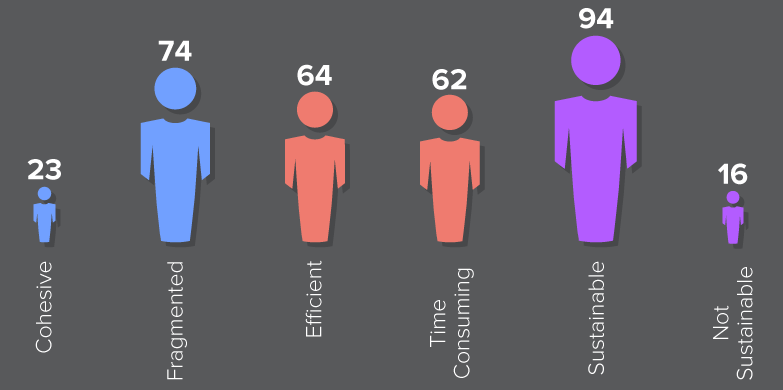
- Cohesive
- Fragmented
- Efficient
- Time-consuming
- Sustainable
- Not Sustainable
How often do schools complete important parent communication tasks?
Here’s how many people responded with “never” “sometimes” or “regularly” for the following:
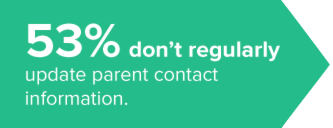
Update parent contact information
- Never: 3
- Sometimes: 106
- Regularly: 98
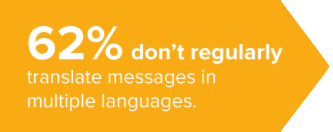
Translate Messages
- Never: 53
- Sometimes: 76
- Regularly: 56
- N/A: 22

Deliver Important Messages
via Multiple Channels
- Never: 3
- Sometimes: 57
- Regularly: 146
How would schools grade themselves?
We asked participants to grade their parent communication on the traditional ABC scale. Most graded themselves with a B or C. This trend continued when we asked participants how they thought parents would rate their communication.
How participants graded their school/district’s communication:
- A (Excellent): 10%
- B (Good): 61%
- C (Need Improvement): 28%
- D (Definitely Not Working): 1%
- No one gave their school/district an F
How participants thought parents would grade their school/district’s communication:
- A: 6%
- B: 51%
- C: 40%
- D: 2%
- No one thought parents would grade their school/district’s communication as an F












